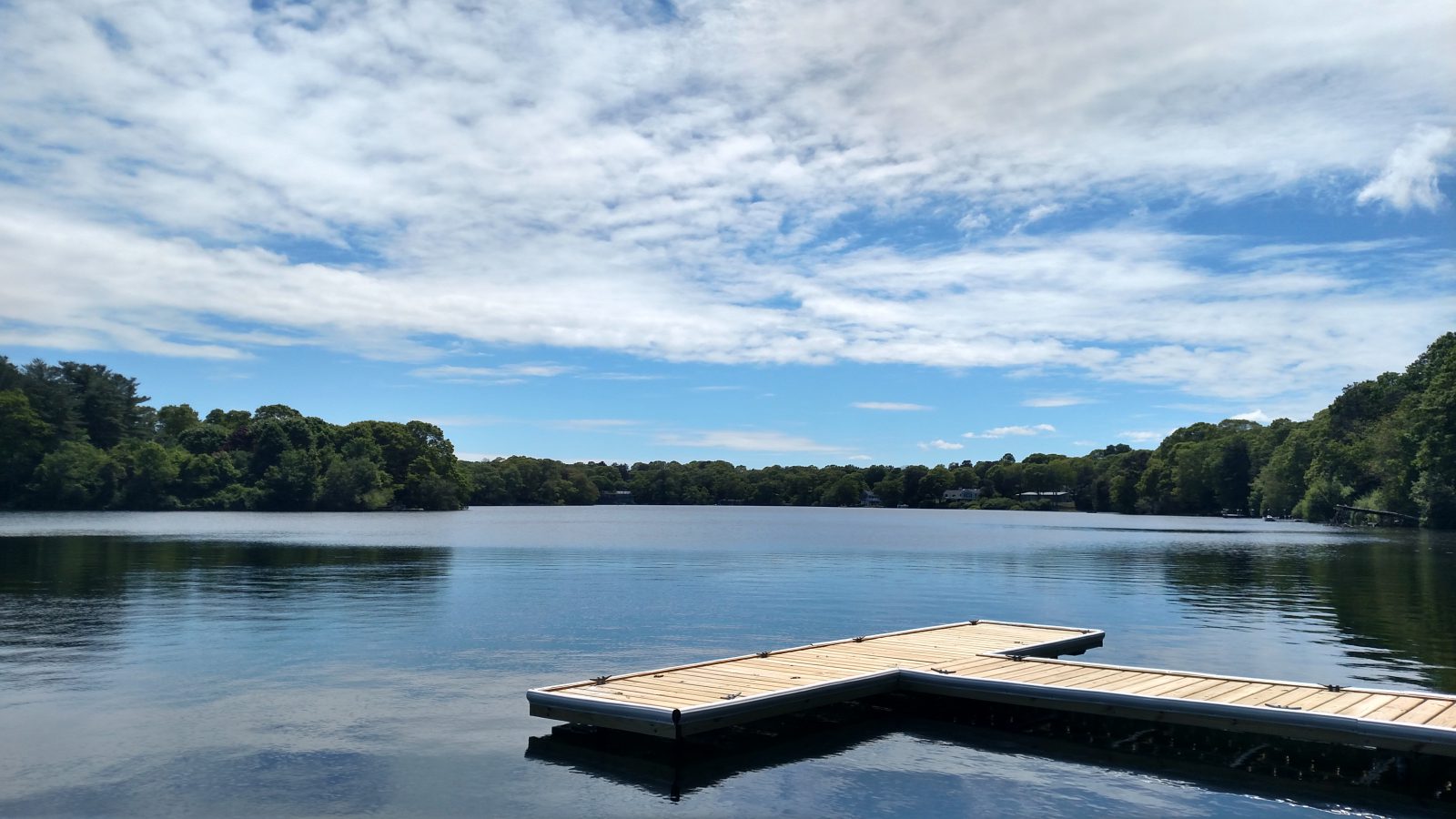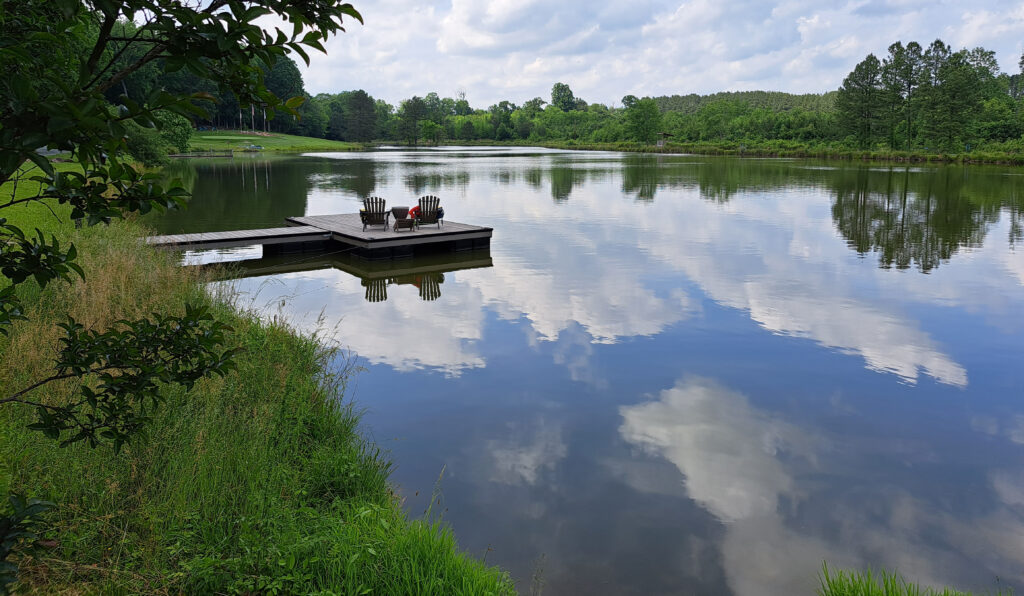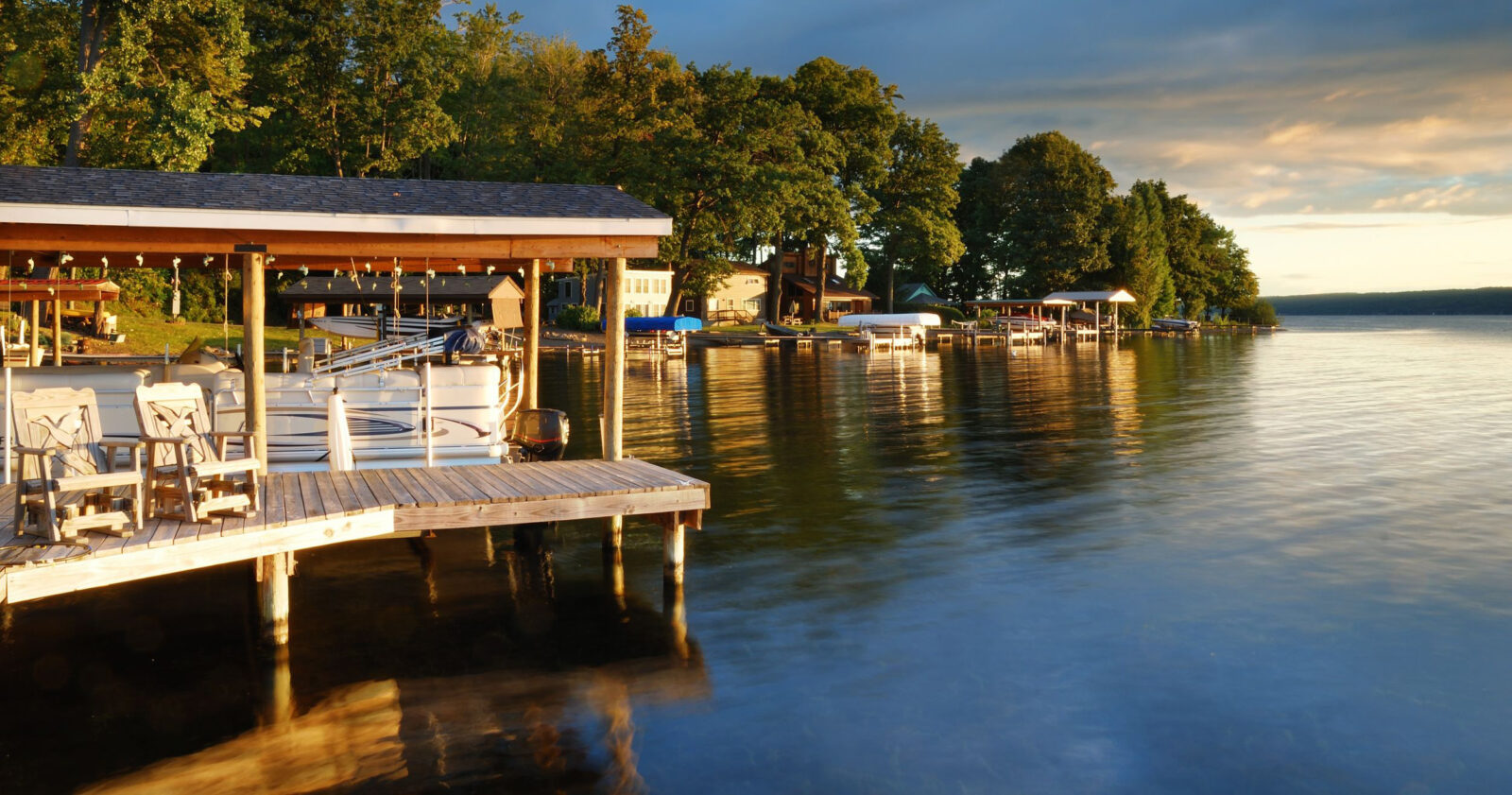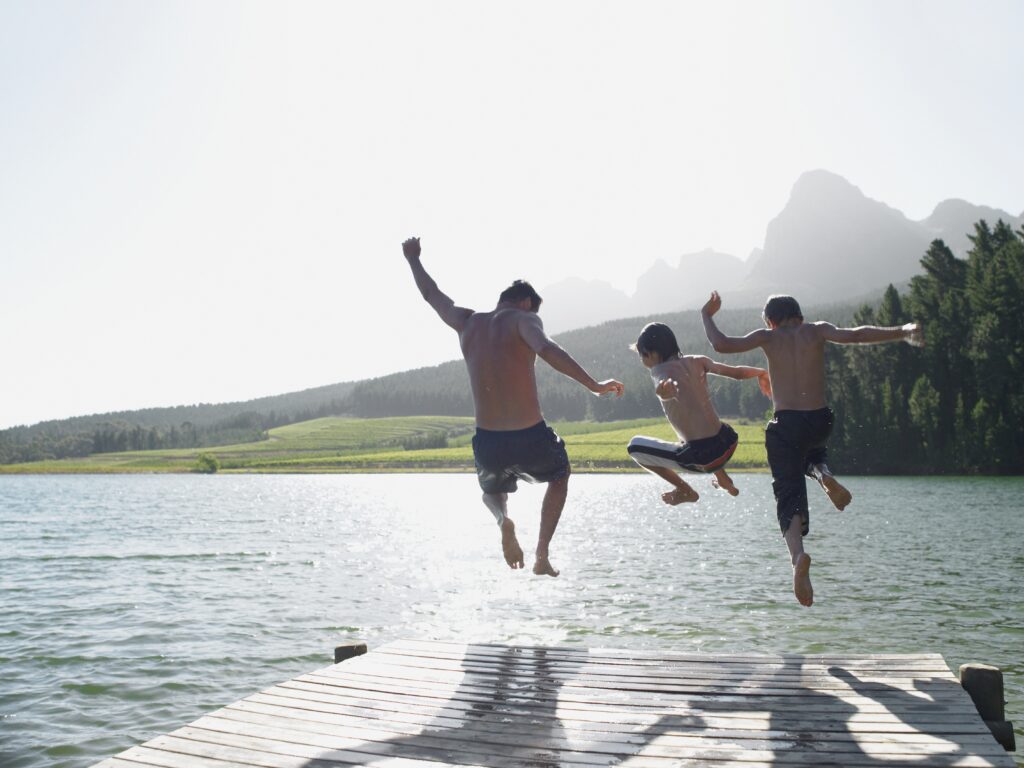
The Guide to Dock Maintenance
All too often, we think of docks as just another feature on a lake or community pond – something that might need to be stored during winter or occasionally hosed down. An afterthought overshadowed by the boats and kayaks moored to them. But when you allow your dock to fall into disrepair, you may inadvertently squander the waterbody’s recreational use, diminish property values, and curtail the life of the dock (and pay richly for it!). Just like the importance of maintaining your waterbody year round, consistently maintaining your dock will help keep it functional and extend its lifespan, so it can be used for boating, fishing, swimming, and nature watching for as long as possible.
The Types of Docks: Fixed and Floating
Before deep-diving into the world of dock maintenance, it’s important to understand the different types of docks, as this will inform which practices you need to adopt to properly maintain yours.
Nearly all docks fall into one of two categories – fixed or floating.
Floating docks are exactly what they sound like. They float without an anchor embedded into the bottom of the waterbody. They are connected to the shoreline in some way, whether tethered directly or to a frame that extends out from the land. Floating docks are often found in lakes that have varying water levels or soft, murky bottoms that won’t support a fixed dock.
Fixed docks, on the other hand, are stationary, permanent structures that stay in place (regardless of water levels) via pilings. Their heights depend on the average water level for the waterbody and whether boats are planned to be docked there, versus it being a dock for fishing or viewing. Fixed docks work well in choppy waters as they will remain stable when hit with waves.
Summer Maintenance for Docks
Since docks typically are used the most during the spring and summer months, it makes sense that there will be more upkeep during this time. Some basic practices you should implement during the dock’s main operating season include:
- Periodically pressure wash the exterior of the dock, as often as once a month. This not only revitalizes the look of the dock, but helps keep rot and mildew from developing. Use a fan tip for wooden docks to lessen the impact – hold the tip about a foot away from the dock and check the actual pressure of the washer to ensure that it won’t damage the dock.
- Sand the dock after cleaning. Pressure washers can create very small or even microscopic splinters on wooden docks. A quick once-over with a sander after cleaning will help keep the surface smooth and prevent splinters.
- Install ‘rub rails’ to protect your dock from boats and vice-versa. Your dock’s rough edges can easily scratch and damage the boats and kayaks that bump or even crash against it. You’ll want something that’s marine-grade for this, but you can also use recycled materials such as old fire hoses.
- Look out for rust formations. Rust can form at any time, and it’s easiest to treat it as early as possible. This includes both replacing rusting equipment and removing rust stains with vinegar or dish soap (if you wait too long to treat these, you may need to opt for commercial-grade products).
- Look out for weed or algae growth. Just as with rust or rot, plants and algae can damage docks. And since docks tend to create pockets of stillwater, it’s very easy for algae to develop undisrupted. The best way to prevent this growth is through a professional maintenance plan designed to target undesirable weeds and algae.
Winter and Off-Season Maintenance for Docks
The winter or ‘off’ season is a great opportunity to invest time and effort into dock upkeep. Some of what you can work on when docks aren’t in use include:
- Apply stains and finishes to the dock once a year. The fall and winter are great times to take care of this as water levels will be much lower and there’s usually no need to shut down recreational use. You do want to make sure the water levels are low; this helps prevent the stain from leaking into the water.
- Pull floating docks out of the water. Floating docks typically aren’t as outfitted for cold weather as permanent or fixed docks are. When possible, remove your floating docks from the water and make sure they are stored properly.
- At the end of the season, ensure pumps, hoses, and drains don’t contain water. Otherwise, this water can freeze and expand, damaging the container.
Keep your fixed docks free of ice. While many docks are built to withstand harsh winter conditions, ice development can still bend and warp pilings and even the body of the dock. You may want to invest in deicers, surface aerators, or submersed aerators to keep water moving and prevent ice formation.
Keep Your Waterbody Maintained for Years to Come
Lakes and ponds are amazing assets for any property or community. But if the amenities in and around the water are not properly maintained, it can detract from the overall view and experiences on the water. Keep your waterbody a focal point of your property by directing the same care and attention to your dock as you would your water.
Need Help Managing Your Water?
Call us at 888-480-5253 or complete the form below to connect with an aquatic management expert.
SOLitude Lake Management is a nationwide environmental firm committed to providing sustainable solutions that improve water quality, enhance beauty and preserve natural resources.
SOLitude’s team of aquatic scientists specializes in the development and execution of customized lake, stormwater pond, wetland and fisheries management programs. Services include water quality testing and restoration, algae and aquatic weed control, installation and maintenance of fountains and aeration systems, shoreline erosion control, muck and sediment removal and invasive species management. SOLitude partners with homeowners associations, golf courses, private landowners, businesses and municipalities. SOLitude Lake Management is part of Rentokil, a leading business services company, operating across the United States, Canada and Puerto Rico.
For more information, visit SOLitude Lake Management at solitudelakemanagement.com, and connect on Facebook, LinkedIn and Twitter.















